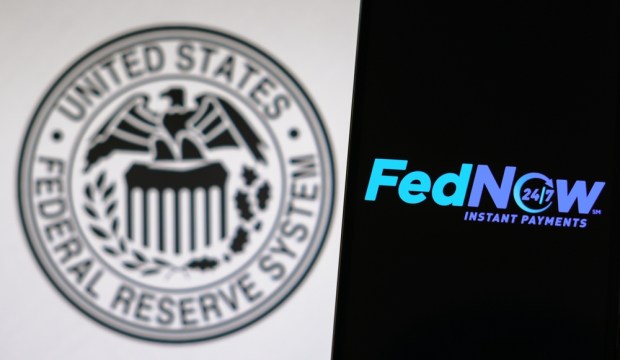Payments Execs Debate the FedNow Launch: Instant Uptake or Tough Slog Ahead?

And now comes the real test.
Almost four years ago, the Federal Reserve announced that it would develop a “round the clock real time payment and settlement service” that would underpin faster payments.
Enabling the instant transfer of funds 365/24/7 is, and has been, a massive undertaking. Developing FedNow, a new nationwide payments infrastructure — the first in roughly 40 years — has required the support and input of banks, FinTechs and of course the private sector.
And starting Thursday (July 20) we’ll see how concept and testing will translate into reality.
It remains to be seen whether the embrace of instant payments will be instantly felt, or at least widely and wildly embraced, or if there’ll be a slow burn of sorts.
Perhaps even a fizzle, initially, should there be glitches in the mix?
What Might Be the Roadmap?
One thing is for sure — the journey will likely be a transformative one, as instant payment clearing and settlement have the potential to change how consumers interact with businesses and businesses interact with one another. There’s some prologue here: As noted recently, 57 early adopter organizations, including both financial institutions (FIs) and service providers, have completed testing and certification, and in recent weeks had been conducting final trial runs.
And PYMNTS’ coverage and interviews through the months have underscored what might be in the offering. In a recent panel discussion with us, Federal Reserve SVP, Head of Payments Industry Relations Connie Theien noted that for the Fed, and for the banks and FinTechs that are signing on to deliver faster payments, “The whole industry is going to benefit from the heavy lifting that these pioneers have done,” said Theien. “None of this would have been possible without the in-the-trenches collaboration.”
And “this is a ‘first to market’ for all of us,” said 1st Source Bank Vice President of Cards, Payments and Strategy Jim Hunt during the same discussion. “There’s no path to follow — and we’re building this as we go.”
The build-as-you go approach, we note, has an inherent challenge, as there are more than 10,000 FIs that can, in significant numbers, help drive adoption. But they may be waiting for consumers to tell them where they need FIs to focus their energies.
Miriam Sheril, head of product for the U.S. at Form3, told PYMNTS that “to drive a network, you need ubiquity, and it’s hard to achieve when there’s a chicken and egg situation.” That scenario develops when banks are hesitant to embrace the new functionalities unless demand develops; demand is slow to materialize unless the functionality is there.
As Karen Webster wrote just this past week, “It is hard to get substantial transaction use without widespread network adoption. But ubiquitous adoption doesn’t guarantee widespread transaction use, which requires use cases that banks market and customers buy.”
Separately, Eric Foust, vice president of banking partnerships North America at Trustly, offered up a near term roadmap: Initially there will be a “large concentration of smaller regional banks, community banks, and credit unions.” These banks, he said, have had prior experience with The Clearing House’s RTP network (which in turn launched in 2017). Down the line, commercial payments and high value transactions may scale as transaction dollar limits are raised, and digital wallets may see some strong tailwinds.
There’s recognition from the private sector that real time payments may satisfy consumer desire. In a recent tracker done jointly between PYMNTS and The Clearing House earlier this year, 61% of businesses believe that real-time payments will give them a competitive advantage. There’s also recognition that speedier payments will help improve their own operations. The data show that 45% of firms anticipate accounting efficiency, reduced risk of payment failure (as relayed by 37% of respondents) and more transparency in payment processes (35% of firms surveyed).

